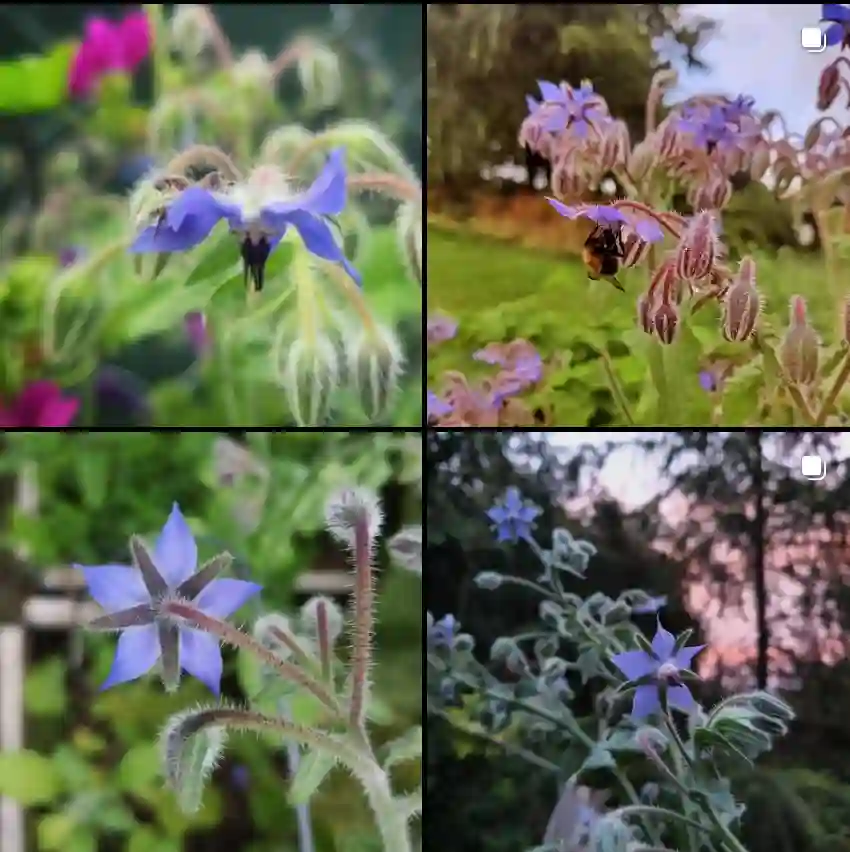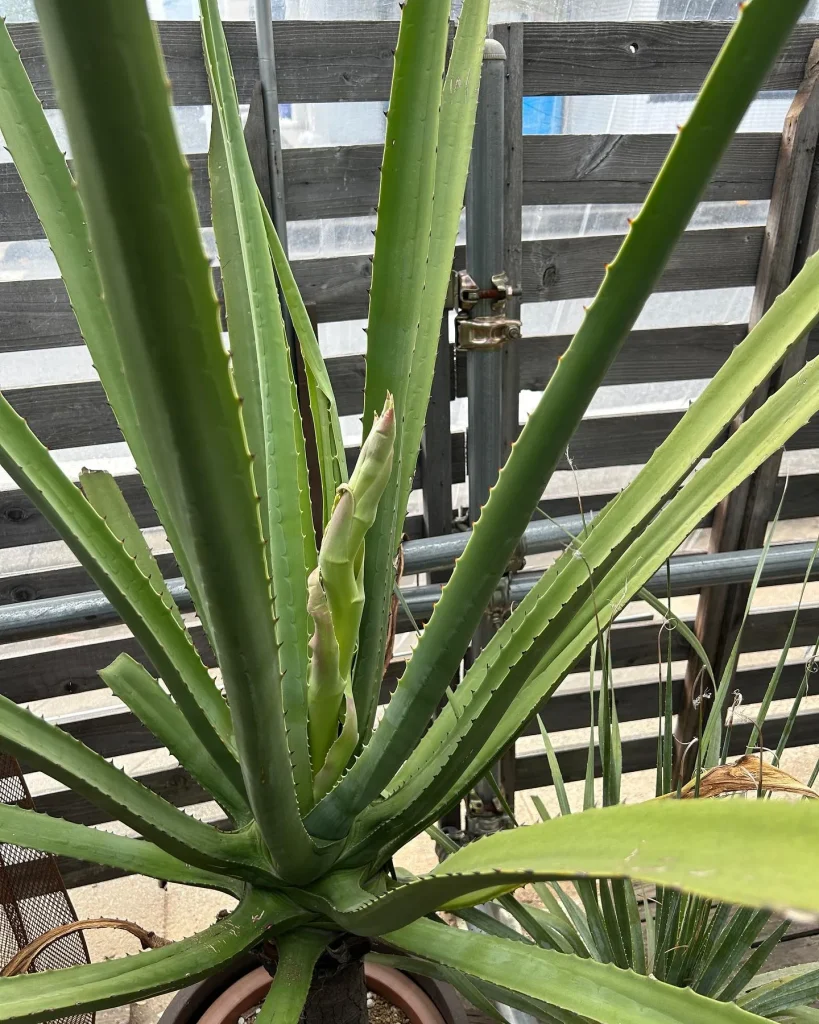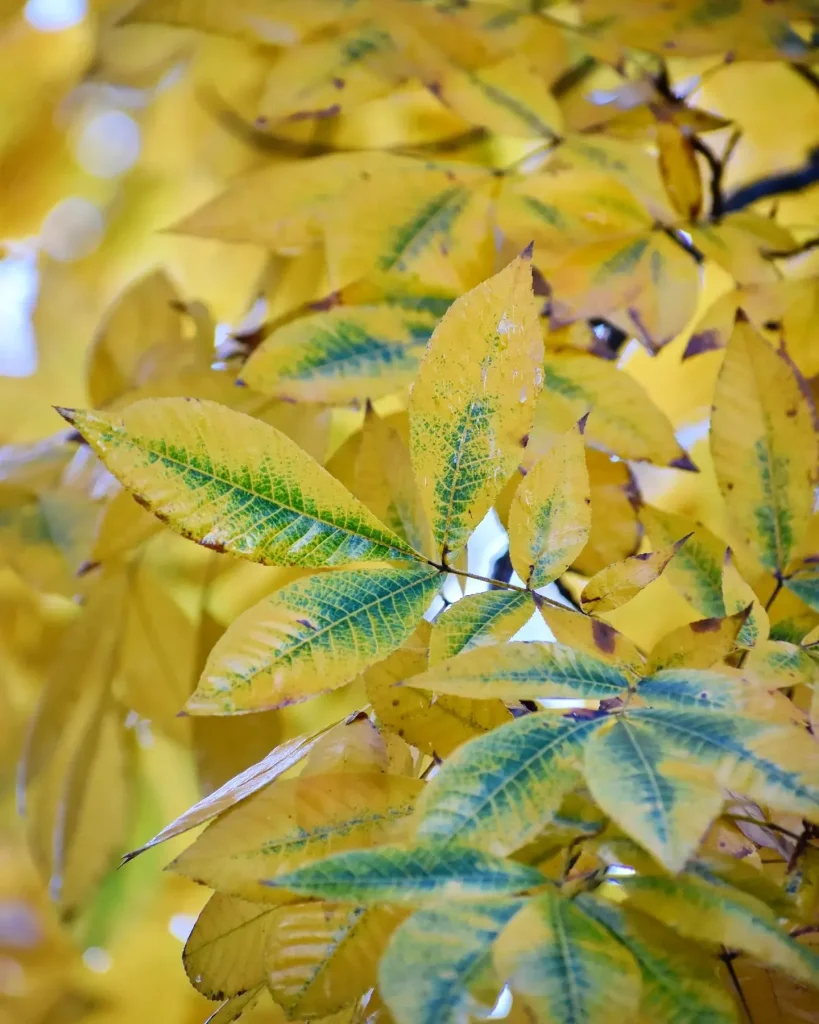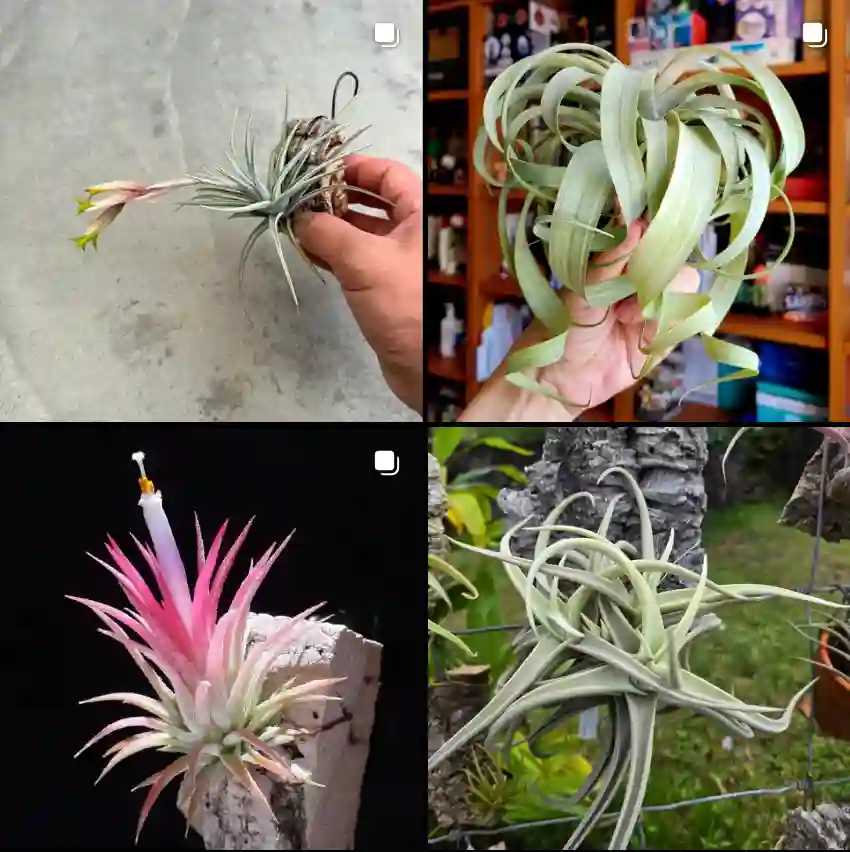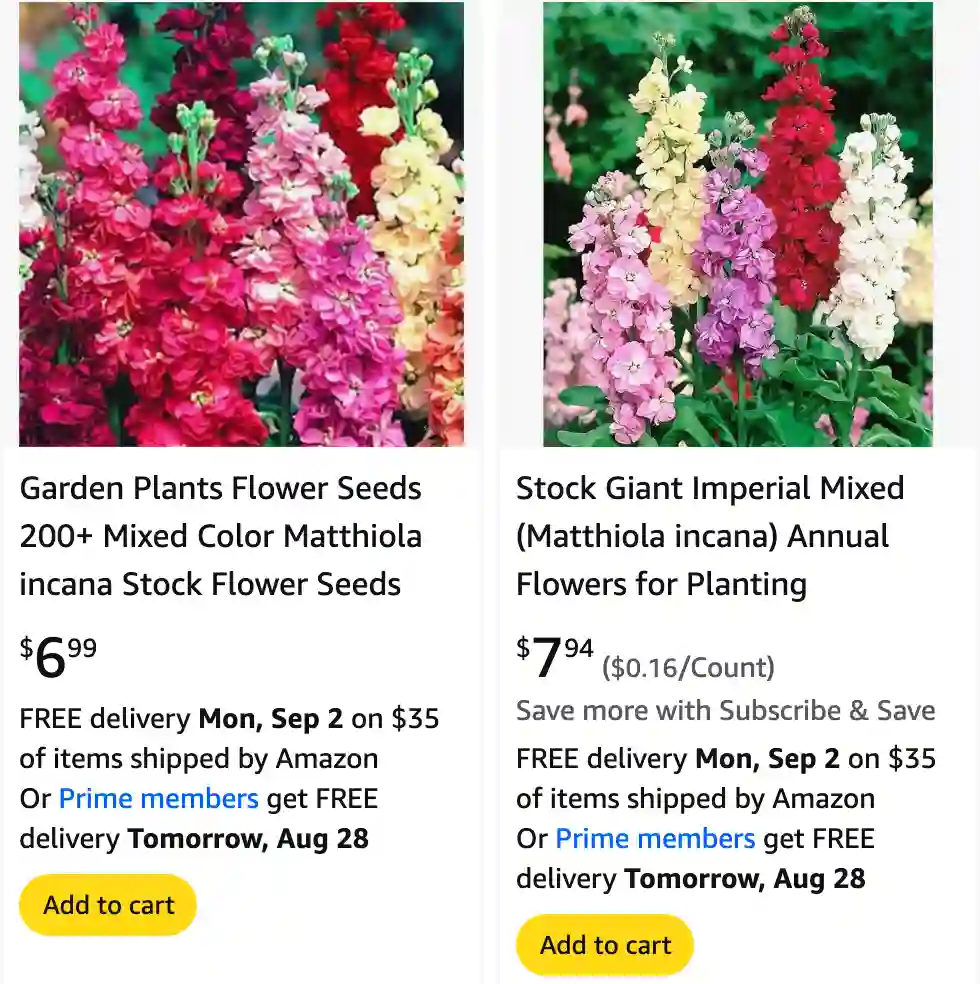
FAQs About Matthiola Incana
If you’re like me and love to add a splash of color and fragrance to your garden, you’ve probably come across Matthiola Incana, commonly known as Stock. This beautiful plant has captivated gardeners for years with its vibrant blooms and delightful scent. In this article, I’ll share some frequently asked questions about Matthiola Incana, based on my experiences and research.
56 Species in Genus Matthiola
What is Matthiola Incana?
Matthiola Incana, often referred to as Stock, is a flowering plant known for its tall spikes of fragrant blooms. It belongs to the Brassicaceae family, which includes mustard and cabbage. Originating from the Mediterranean region, this plant is a popular choice in gardens and floral arrangements due to its range of colors, including pink, purple, white, and red. The flowers are not only beautiful but also release a sweet, spicy fragrance, especially in the evening.
How to Grow Matthiola Incana?
Growing Matthiola Incana can be a rewarding experience. Here’s how I do it:
- Choose the Right Location: Matthiola Incana prefers full sun to partial shade. Ensure that the planting area receives at least 4-6 hours of sunlight daily.
- Soil Requirements: This plant thrives in well-drained soil with a pH level between 6.0 and 7.5. I always make sure to enrich the soil with compost or organic matter before planting.
- Planting: I start by sowing seeds indoors about 8-10 weeks before the last frost date. Once the seedlings are sturdy enough and the threat of frost has passed, I transplant them outdoors, spacing them about 12-18 inches apart.
- Watering: Matthiola Incana needs regular watering, especially during dry spells. However, overwatering can lead to root rot, so I ensure the soil is moist but not waterlogged.
- Fertilizing: I use a balanced, water-soluble fertilizer every 4-6 weeks during the growing season to encourage healthy growth and abundant blooms.
Is Matthiola Incana a Perennial?
Matthiola Incana is typically grown as an annual or biennial. In my experience, it behaves as a perennial in USDA hardiness zones 7-10, where it can survive mild winters. However, in colder regions, it is usually treated as an annual because it cannot withstand harsh winter temperatures. In these areas, replanting each year is necessary to enjoy its beautiful flowers.
Is Matthiola Incana Toxic to Cats and Dogs?
As a pet owner, I always want to ensure my garden is safe for my furry friends. Fortunately, Matthiola Incana is considered non-toxic to cats and dogs. According to the ASPCA, this plant does not pose a poisoning risk, making it a pet-friendly choice for gardens. However, it’s always a good idea to prevent pets from chewing on plants to avoid any digestive upset.
Are Matthiola Incana Edible?
Matthiola Incana is not typically grown for consumption. While it’s not known to be toxic, it’s primarily appreciated for its ornamental value and fragrance rather than its culinary uses. The leaves and flowers can add a decorative touch to salads or dishes, but I usually stick to using it in floral arrangements or garden displays.
How to Deadhead Matthiola Incana?
Deadheading Matthiola Incana is essential to encourage more blooms and keep the plant looking tidy. Here’s how I do it:
- Wait for the Right Time: I deadhead once the flowers start to fade and lose their vibrancy.
- Use Clean Tools: I use a pair of sharp, clean scissors or pruning shears to avoid spreading disease.
- Cut Back to a Leaf Node: I remove the spent flower spike just above the first set of healthy leaves. This helps redirect the plant’s energy into producing new flowers rather than seeds.
How to Care for Matthiola Incana?
Caring for Matthiola Incana is relatively simple. In addition to regular watering and fertilizing, I keep an eye out for common pests like aphids and caterpillars, which can damage the leaves and flowers. A gentle insecticidal soap spray usually does the trick for me. Providing good air circulation around the plants can also help prevent fungal diseases like powdery mildew.
How to Propagate Matthiola Incana?
Propagation of Matthiola Incana is commonly done through seeds. I collect seeds from spent flowers at the end of the growing season and store them in a cool, dry place until the next planting season. For those looking for quicker results, stem cuttings can be taken in late summer and rooted in a well-draining potting mix.
Can You Grow Matthiola Incana Indoors?
While Matthiola Incana is usually grown outdoors, it can be grown indoors in containers. I find that growing it indoors requires a sunny spot, such as a south-facing window, where it can receive plenty of light. Regular watering and occasional feeding with a balanced fertilizer will help keep the indoor plants healthy and blooming.
What to Plant with Matthiola Incana?
Companion planting is an excellent way to enhance the beauty of your garden. I like to plant Matthiola Incana alongside other sun-loving plants such as pansies, petunias, and snapdragons. These combinations not only create a stunning visual display but also attract pollinators like bees and butterflies to the garden.
Common Problems with Matthiola Incana
Like any plant, Matthiola Incana can face challenges. Here are a few common problems I’ve encountered:
- Aphids: These small insects can suck the sap from the plant, leading to distorted growth. I control aphids with insecticidal soap or by introducing natural predators like ladybugs.
- Powdery Mildew: This fungal disease appears as a white powdery coating on the leaves. I manage it by ensuring good air circulation and applying fungicides when necessary.
- Yellowing Leaves: This can be a sign of overwatering or nutrient deficiency. I adjust my watering schedule and fertilize as needed to keep the plant healthy.
Matthiola Incana is a delightful addition to any garden, with its vibrant colors, lovely fragrance, and ease of care. Whether you’re a seasoned gardener or just starting, this plant is sure to bring joy and beauty to your outdoor or indoor space.
If i die, water my plants!
